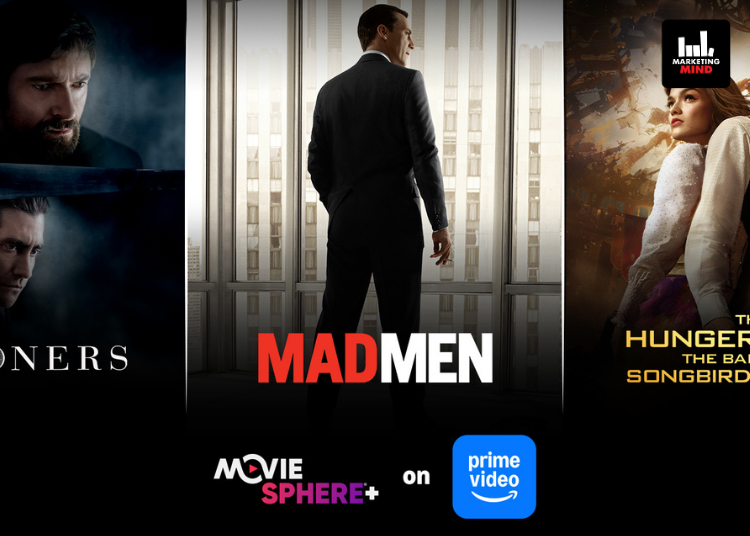Have you ever noticed a car ad seamlessly appearing when a car zooms onto the screen in your favorite movie? That’s the power of contextual advertising and Disney Star Network aims to take it to the next level with its recently launched advanced contextual advertising solution across its Hindi movie channels – Star Gold and Star Utsav Movies.
This innovative product, developed entirely in-house, offers advertisers an opportunity to deliver highly targeted and engaging ads to viewers. By strategically placing ads that are contextually relevant to the content being watched, Disney Star Network is aiming to transform the way brands engage with their audiences.
Dev Shenoy – Head – Entertainment Ad Sales and Strategy, Disney Star, discussed the motivation behind the Network’s decision to implement contextual ads for its TV offerings, explaining that at Disney Star, innovation and customer-centricity drive their growth strategy.
“We sought to leverage technology to enhance contextual relevance, leading to this new advertising approach. Feedback from clients, who preferred long-term brand presence over one-off solutions, guided the development of this format,” he added.
Explaining the technology behind integrating contextual ads with TV content and ensuring their relevance and non-intrusiveness, Shenoy elaborated that their in-house tool uses artificial intelligence (AI) and machine learning (ML) to analyse their Hindi movie library across four channels, identifying 600 distinct objects.
“This technology enables contextual targeting by identifying products in scenes, allowing us to schedule relevant ads. For example, a car company can target scenes featuring cars. This ensures ads are placed in appropriate contexts, making them relevant and non-intrusive,” he added.
When asked about the ways contextual ads enhance engagement and effectiveness compared to traditional TV ads, he explained that contextual ads offer unparalleled precision and effectiveness by integrating directly into content like movies, rather than during traditional ad breaks.
This results in higher viewership and stronger brand connections. The scalable nature of this solution allows for up to 1,000 spots per month, significantly increasing ad effectiveness through higher frequency and enhanced exposure, he emphasised.

Shenoy highlighted the primary factors driving the recent resurgence in contextual advertising and shared his insights on how this trend will evolve in the coming years.
He believes that advancements in AI and ML technologies have improved content analysis and ad placements. Consumers increasingly seek relevant and non-intrusive advertising experiences, and contextual ads meet this demand.
“Moreover, advertisers recognise the value in building stronger brand connections. We anticipate continued growth as technology evolves, with Phase 2 of our tool set to detect emotions in addition to identifying objects and generating tags for each scene, catering to a broader range of brands,” he added.
He emphasised that ensuring accurate and relevant ad placements is crucial, as poorly timed ads can disrupt the viewing experience. Implementing contextual ads requires significant investment and expertise in AI and ML.
“We focussed on rigorously testing and refining our AI stack and algorithms to achieve high accuracy before launch,” Shenoy added.

These initiatives enhance customer-centricity through innovation and in turn, bring incremental revenues. Our goal is to improve ad performance in today’s cluttered ad environment, benefiting Disney Star Network’s clients.
He also said that several brands are keen to explore this solution and leverage its differentiation.
“We successfully collaborated with Dabur for a World No Tobacco Day campaign for their toothpaste brand, receiving positive feedback. Interest has been shown from various categories, including FMCG, Construction, BFSI, Food, and Beverages,” he added.
















